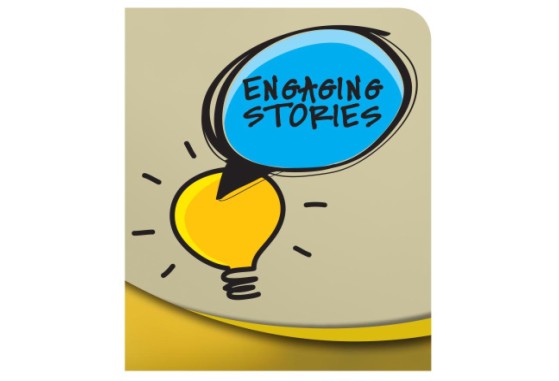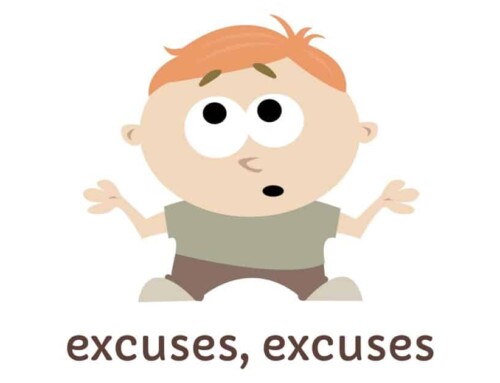“A good story badly told soon loses its effect.” –Indian (Tamil) Proverb
People love a good story well told. Proof of this lies in the fact that every society in the world, past and present, has told stories. Legends of heroes and great deeds can be found in modern and ancient cultures. Some are based on fact, others on nothing but rich imagination. What makes a story last? Usually, it’s the details, because the details “flesh out” the characters and events. Details are the pieces of a story (in fact the word “detail” comes from a French word meaning “piece cut off”), and if the pieces don’t excite your listeners, neither will the narrative as a whole.
Too often, when we tell a story to our audience– whether it be an account of a recent accident or a personal experience we are using to create a mood- we leave out the juiciest details and only tell the cold facts.
The next time you plan to spin a yarn, real or imagined, at a safety meeting or safety presentation keep these points in mind:
An audience is more interested in people than events unless the events directly affect their lives. Include all the specific information you can about the people in your story such as their age, sex, hair color, unusual hobbies, etc.
Slow down your tempo when you describe how things felt, looked, and smelled.
Pepper your story with simple analogies everyone can visualize easily. For example, when describing a heat stress injury, don’t just say it was hot in the room, say the workers “felt like a pack of dogs in a simmering station wagon with the windows rolled up.”
Save the best for last. End your story with a surprise. Not only will your audience enjoy it, but the point you are trying to make will also stick in their memories longer.
Include the color, shape, size, and texture of things. A sharp, pointed, six-inch blade always hurts more than a knife.
Don’t fear using words like “thud,” “smash,” “hiss,” and “bang” to let your audience know how the accident sounded.
Are you describing an accident? Then tell your listeners how the characters in your narrative felt before and after it happened.
A final plug for stories: If you are lousy at telling jokes– but still want to add some humor to your presentation– tell a story. Stories are safer than jokes because there is no embarrassment if they fail to get a laugh. Just don’t start your stories by saying: “Here’s a funny story I know you will like.”





